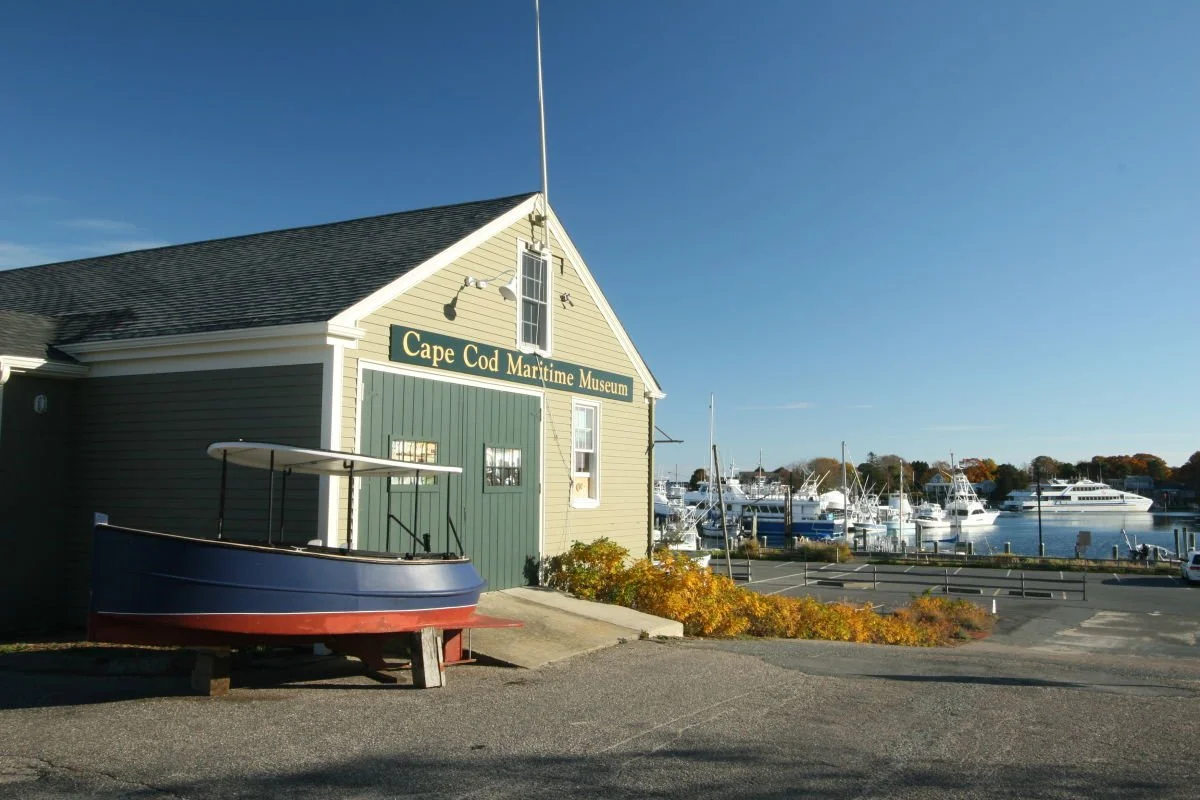Sister Sailors
While in the 17th and 18th centuries, women traveled on fishing and whaling boats only occasionally, in the 19th century, they began accompanying their captain husbands to sea much more often. The first documented example was that of Mary Russell of Nantucket, who in 1817 went to sea with her husband aboard the whaler HYDRA. Literally hundreds of women followed her example, and by latter half of the 1800s, it is estimated that one in four captains were accompanied by their wives.
While we think of these women as trailblazers, many of them saw going to sea as a way to maintain their traditional roles as wives and mothers. Some women felt compelled to accompany their husbands if that’s what their husbands wanted—even if they themselves preferred to stay on land. Other women wanted to join their husbands, rather than being separated from them for years at a time. Some brought their children, keeping the entire family intact.
Some relished life aboard ship, and others detested the dirt, smell and monotony. These women were subjected to the same dangers as the male crew—sickness, hurricanes, and shipwrecks, which, in some cases, meant they were stranded at sea for weeks in open rowboats, before being marooned on isolated islands. Captains often felt that women were a civilizing influence on the crew, and that crews were less likely to mutiny if it meant putting a woman’s husband in chains.
To learn more about the earliest Cape Cod women who went to sea, check out Jim Coogan’s book, Sail Away Ladies, available in our giftshop and on our website.


